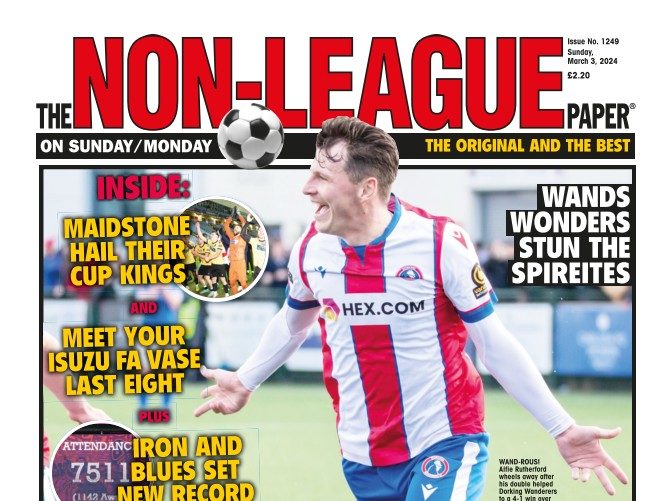You probably know this. Nearly every bookmaker provides football betting markets. They could let you bet on the Championship, the Euros or Belarusian football. Regardless, the unifying factor is that you get to bet on the beautiful game.
There's one problem, though. Bookies sometimes use code names to describe their wagers. For example, you could see 12, 1X2, or even 1X, XX, or X2 on your betting slip. What do they mean?
12 Meaning
12 describes the home and the away team in a match. 1 refers to the home team, while 2 indicates the away team. With that in mind, you select 1 whenever you think the hosts will win and 2 when you believe the visitors will go home with the victory.
Naturally, a win in football refers to the team that scored the most goals at the end of a match. In betting, however, it can also describe winning the first or the second Half. As a result, bookmakers also allow you to predict half-time and full-time results.
Let's say Notts County have a competitive match against Barnet FC in the FA. A bookmaker could give you these betting options
- 1st Half—1X2
- 2nd Half—1X2
- HT/FT—11, 1X, XX, X2, 22
- Fulltime—1X2
In that case, you can bet on the game's outcomes in either Half, the first half- and full-time result or concentrate on the final outcome. X stands for a draw. So, if you think the game between Notts County and Barnet FC will end in a 0-0 draw, you pick X as your prediction.
To bet on the results at half time and full-time, you have several options. You could predict 11, meaning you think Notts County will lead at half-time and win the game. Or you could tip them to take a lead at half-time but draw by the end of the match (1X).
On the flip side, you can bet the game will end in a draw at half time and full-time (XX). Or you could back Barnet to win at half time and full-time.
Betting 12 Like a Pro
12 bets are pretty much straightforward. You identify a game and decide whether to back the home or the away team. If you choose the hosts, you add team 1 to your digibet betting slip. If you think the visitors will win, you select team 2. As mentioned, you can also choose X to bet on a draw.
Unfortunately, knowing what a wager means is the easy part. Betting correctly is where the challenge lies. As a result, you must invest time researching and analyzing teams before you make a prediction.
Below are essential things many experienced punters check before betting:
- The league positions of both teams
- Each team's home and away record
- Present form
- Teams news to learn about injuries, benched players or unforeseen changes
- Head to head records
In many cases, a top-four team in any league will beat a team in the last-four on the same league. However, that doesn't always happen maybe because they have a poor away record, have lots of injured players or a poor record against their opponents.
As such, use multiple factors to guide you when betting. That's particularly useful if you opt to bet on either Half results or these alternative betting types:
Both Teams to Score—Yes/NO
If you watch football teams regularly, chances are that you know a few teams that seldom keep clean sheets. Again, you have a few sides that score in 90% of their games.
You can use that information to profit from “Both Teams to Score” wagers. Put simply, the objective is to predict whether a match will end in a clean sheet for either team or not.
Let's say Man City are to face Liverpool in the FA semi-finals. Both teams are in great forms and have no injured players. Based on their records, you have a strong feeling they will score each other.
You can visit your favorite betting site and check the odds for “Both Teams to Score.” Some bookies also call them “Goal-Goal” predictions. That said, you select “Yes” to affirm that you predict both teams to score. Alternatively, you select “No” where you think one or both teams won't score.
Totals—Under/Over
Sometimes 12 bets might come with unattractive odds. And you might not be sure whether both teams will score each other. But you might have an idea of how many goals will be scored after ninety minutes.
Let's assume La Liga giants Barcelona are facing their counterparts Atletico Madrid. Both teams are elite and competitive. But whenever they play, the games end with two or fewer goals scored.
Sometimes Barcelona wins 2-0, or Atletico snatches a 1-0 victory once in a while. You could place the Under 2.5 bet hoping the combined number of goals at the end of a match won't exceed two goals.
On the flip side, Barcelona could be facing bottom-placed Espanyol. And when you check their head-to-head stats, the giant club has a habit of scoring at least three goals. You could, therefore, bet on Barca in an OV2.5 prediction.
For the sake of clarity, there are no Half goals in football. As a result, a bet of OV2.5 only means three goals or more. Similarly, UN2.5 refers to two goals or fewer.
Proposition Bets
Admittedly, props are some of the most challenging bets to predict correctly. For example, what are the chances you can correctly predict which player scores the first game in a game between Real Madrid and Man City?
Or, what are the odds you can predict which player gets booked first in a game between Watford and Burnley? You could research the most bookmarked players in both teams. Still, any prediction you make will be a guess.
That said, betting website allow you to bet on these proposition wagers:
- League winners
- Football award winners
- Managers to be fired
- First Player to Score
- Corners, yellow and red cards
Although you can try your luck on props, a better alternative is to predict correct scores or learn about handicaps. They offer much more competitive odds, and you can still get them right.




















